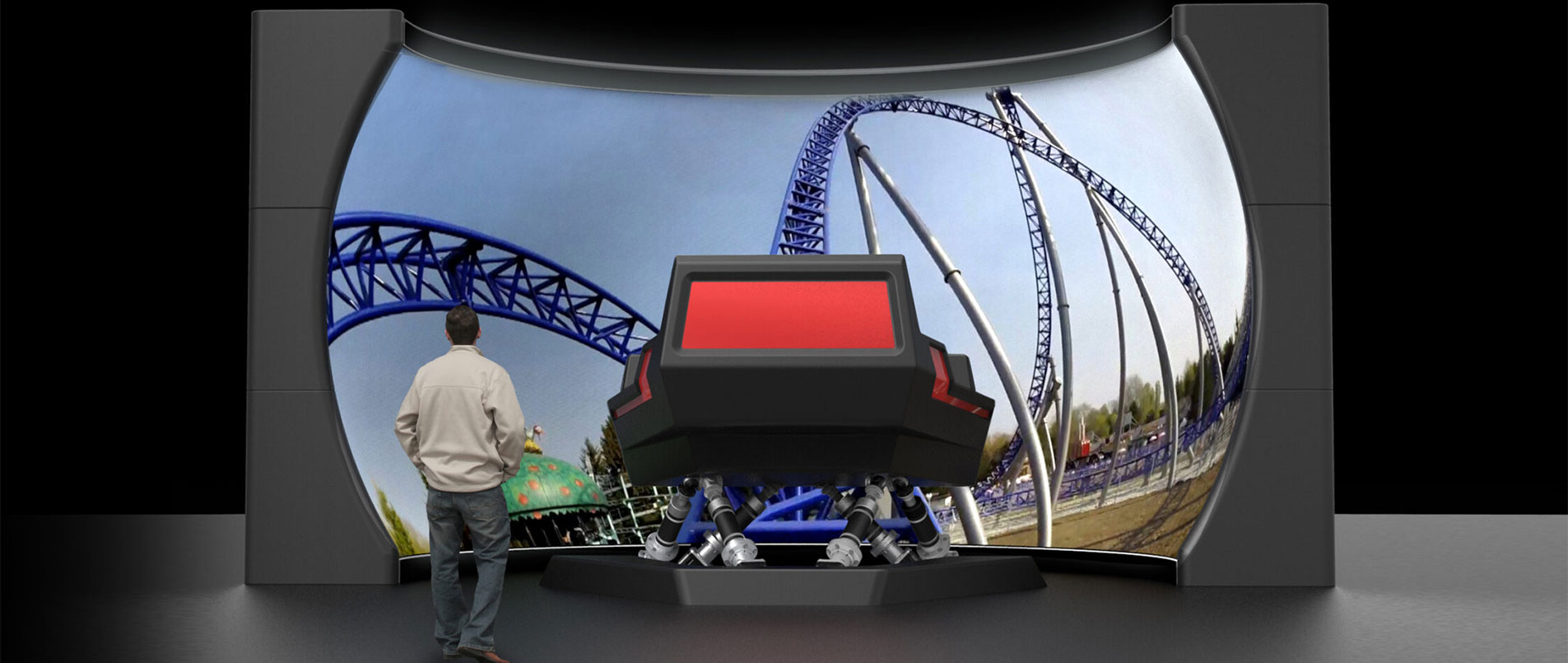Is theme park designer your dream job? Here’s how to get it!
Many of us can recall spending the day at the theme park as kids. You probably have fond memories of riding the roller coasters and devouring sugary concessions without worrying about ticket costs and overpriced snacks. Now, as an adult, you may want to get some of that childish fun back into your life. What better way to do so than to become a theme park designer?
Being a theme park designer may sound like one of the best jobs in the world — you get to create innovative rides and experiences that families will enjoy for years to come. But that doesn’t mean you can jump into theme park designing right away. Before you can come up with the next Splash Mountain, you need to start by understanding how a theme park works.
Building your resume
Like most jobs, becoming a theme park designer is a lot easier with a college degree. While you probably can’t major in theme parks, studying engineering, architecture, and graphic design will help prepare you for this unique career. College is also a great way to begin networking with peers and professors in the field. The networking pool is particularly small in the themed entertainment industry, so you’re likely to meet someone who knows other industry leaders. Building strong connections with people during college can help you get a foot in the door when you venture out into the workforce.
Once you graduate, joining organizations like the International Association of Amusement Parks and Attractions or the Themed Entertainment Association will help you build and maintain professional connections. Many companies attend conventions held by these groups to scout new employees, so they’re a good resource for job searching. If you can’t get a job in design right out of the gate, try applying for other jobs within the company. Hourly jobs at theme parks will both provide hands-on experience with the operations of a theme park and act as a stepping stone to the next stage of your career.
Pack up and move
Another thing to consider when trying to branch out into theme park design is location. New theme parks being built in the United States tend to crop up in Los Angeles, Orlando, and Cincinnati. Most companies will not consider out of state applicants, so you might have to relocate in order to be at the center of the industry.
Once you hit your stride in the themed entertainment industry, you can start to innovate within the space. For example, many immersive and creative rides today are being crafted by dark ride manufacturers, who focus on indoor rides. These rides use sound, video, painted images, and augmented reality to create an engaging experience for patrons of all ages. Before you know it, you’ll be crafting unique multimedia rides for families from around the world to enjoy.

